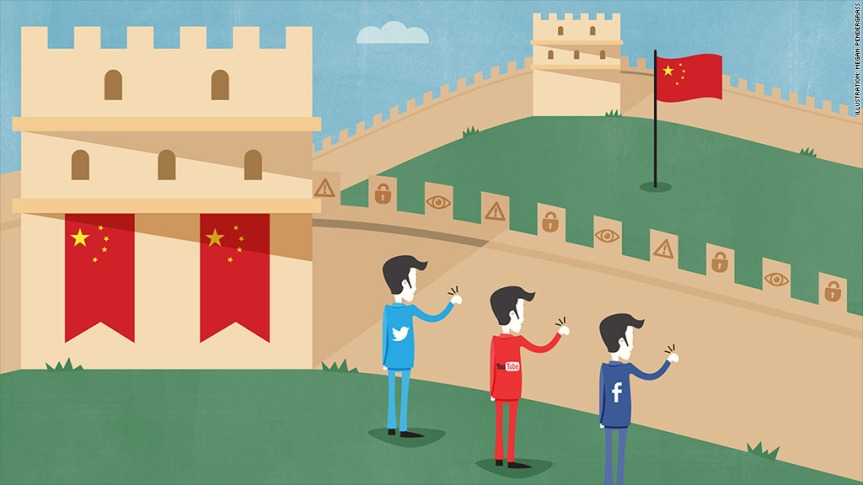
When I think of ethics, I think of morals, what is right and wrong. We are brought up to think that way since birth. There are differences though when talking about ethics in research. I would be pretty upset and violated knowing that someone may have stolen my data, information or images without my permission. There have been cases where this had happened via social media websites for example Facebook’s incident in 2012 where they used over 600,000 users information to conduct an experiment on emotional contagion, without the users knowledge (Romana, 2014).
Niranjala Weerakkody (2008), Media and Communications Academic, describes in her book the reasons for ethics in research studies and the importance of ethics clearances. Weerakkody states:
“Ethics clearance guarantees that a formal committee has reviewed your research design and data collection methods have made sure the proposed research project falls within current legal and administrative requirements and guidelines. It tries to eliminate any potential harm that may be caused to your research subjects during or after their participation in the project and addresses issues such as of informed consent, privacy, confidentiality, no harm to subjects and anonymity. Ethics guidelines also reduce the chances of individual researches or their employers facing future legal action related to the treatment of research participants or the conduct of the project and helps protect the organisations reputation”.
Without ethics in place in research, there would be many issues with not only the participants but also the conductors of the project. As Weerakkody stated, confidentiality and consent are main issues that need to be looked at when conducting research. If these guidelines aren’t followed, it can result in major legal issues.
An example of something I find totally unethical is Instagram. Have you ever read the terms and conditions of Instagram? Basically, Instagram or any other third-party can use your own photographs, which you have posted on your account, without consent. This means your image could be posted in a magazine, on TV or on a website and you have no control over it, let alone get paid for it. Imagine what this would mean for celebrities in particular. Although they are already famous, I find it so wrong that gossip magazines can take images off Instagram accounts and plaster them all over the front page. Usually they would be paid thousands of dollars for their image to be put in a magazine but publishers get it for free. If you wanted to take the issue further, you have to pay your own legal fees, as Instagram has nothing to do with it. It does make me wonder though, why don’t celebrities just delete Instagram if it’s such an issue. Either way, it is completely wrong!
Having ethics in place as a legal obligation for many researchers is great. It protects all parties involved and there is always an outline to look back at if there are any disputes. It protects peoples moral rights and obligations which makes those participants feel secure.
References:
Weerakkody, Niranjala Damayanthi 2008, ‘Research ethics in media and communication’, in Research methods for media and communications, Oxford University Press Australia and New Zealand, South Melbourne, Vic., pp. 73-91
Romana, Julia Jasmine Madrazo-Sta 2014, the legal and ethical issues behind Facebook’s massive psychological experiment, GMA News Online, viewed on 29th March 2015, http://www.gmanetwork.com/news/story/368001/scitech/socialmedia/the-legal-and-ethical-issues-behind-facebook-s-massive-psychological-experiment


